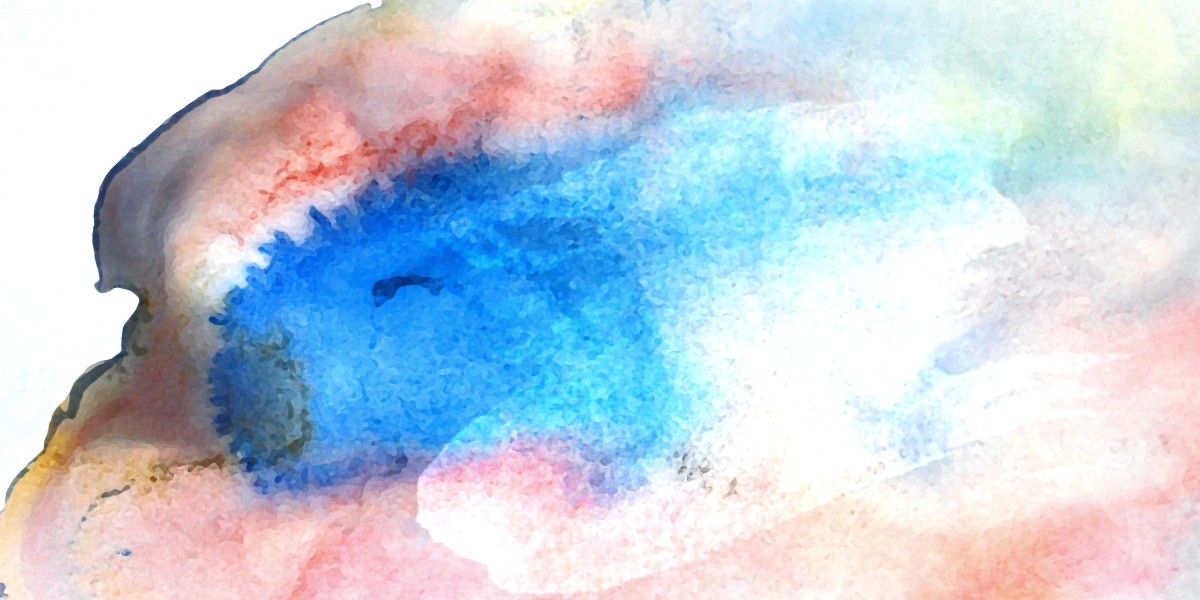The world of digital creativity is expanding faster than ever before. Businesses, designers, and creators rely on visuals to communicate messages instantly. Whether you are developing a logo, creating apparel designs, preparing product packaging, or producing advertising material, high-quality artwork is essential. A blurred or pixelated graphic can damage the reputation of even the strongest brand. This is why more professionals now depend on vectorized images to maintain clarity, flexibility, and precision across every platform.
Vector graphics allow designs to look sharp at any size. They provide consistency, eliminate quality loss, and offer the level of control that modern brands require. Understanding how these graphics work and why they matter can transform the way you approach design. The more you know about vectorization, the more confident you become in creating visuals that deliver impact across all digital and physical media.
Understanding What Vectorized Artwork Actually Is
Vectorized images are graphics built from mathematical instructions instead of pixels. Pixel-based images, such as JPGs and PNGs, store information as tiny squares of color. When you enlarge them, the pixels stretch and the image becomes distorted. On the other hand, vector graphics rely on formulas that describe shapes, lines, curves, and paths. This allows them to scale infinitely without losing quality.
A vector file instructs the computer to redraw each shape perfectly, no matter the size. This is why vectors remain smooth when resized for business cards, posters, billboards, or digital displays. Designers often use vector graphics to create logos, icons, illustrations, badges, stickers, and many types of artwork used in production environments.
This difference between raster and vector formats may appear small, but it affects overall brand presentation. With vectors, your artwork looks polished, professional, and consistent no matter where it appears.
Why Modern Brands Need Scalable Artwork
Brand identity relies heavily on consistency. When a customer sees your logo on a website, a brochure, a storefront, or a t-shirt, it should always look sharp. If the artwork becomes pixelated, uneven, or dull in color, the brand begins to look untrustworthy. Vector graphics solve this issue because they retain sharp edges, clean curves, and accurate colors in every format.
Companies that use raster files often face problems such as blurred designs, distorted proportions, and print errors. These issues negatively affect printing, embroidery, engraving, signage, and digital marketing. However, vector files avoid these problems entirely. They provide the consistency needed to represent a brand professionally across a wide range of media.
As creative industries continue to expand, scalable artwork is no longer optional. It is now an essential part of building a strong visual identity.
Real-World Uses for Vectorized Artwork
Vector graphics appear in almost every type of design and production environment. Here are common examples of where vectors play a crucial role:
Logos and Brand Identity
Companies must maintain sharp logos for all printed and digital materials. Without a vector version, logos become unusable for many applications.
Apparel and Merchandise Printing
Screen printing, DTG printing, and heat press printing require clean artwork. Vector files ensure crisp edges and accurate color separation.
Embroidery Digitizing
Before artwork becomes stitches, digitizers rely on vectors to outline shapes and plan stitch direction. Clean vectors lead to cleaner embroidery.
Laser Cutting and Engraving
Laser machines read vector paths to cut wood, metal, plastic, acrylic, or leather with precision.
Vinyl Cutting and Decal Production
Plotters follow vector lines to cut decals, stickers, car wraps, and signage.
Large Scale Printing
When designs are enlarged to banner or billboard size, only vector artwork maintains perfect clarity.
Web and Digital Icons
User interface icons, app graphics, and animations must scale smoothly across devices with different resolutions.
These real-world uses highlight why vectors are essential for both digital and physical production.
The Step-by-Step Vectorization Process
Vectorizing artwork requires both creativity and technical knowledge. It involves recreating an image in a format that can scale cleanly without losing detail. Here is how the process usually works:
1. Import the Raster Image
The designer loads the original JPG or PNG into vector software.
2. Trace the Main Shapes
Using pen tools, designers outline the most important shapes and curves.
3. Clean Up Lines and Curves
Edges are adjusted, corners are sharpened, and curves are smoothed.
4. Add Colors and Fills
Solid colors or gradients are applied to match the original artwork.
5. Recreate Fine Details
Highlights, shadows, icons, and special elements are redrawn in vector form.
6. Adjust and Align Elements
Designers ensure consistent spacing, symmetry, and proportion.
7. Export Vector File Formats
The final artwork is saved as AI, EPS, PDF, SVG, or CDR.
This structured process produces a clean and professional piece of artwork ready for any type of production.
The Benefits of Using Vector Artwork
Vector graphics offer many advantages that improve design quality and production reliability.
Scalable Without Quality Loss
Vectors remain sharp at all sizes. Whether used for tiny icons or huge banners, the artwork stays clean.
Easy to Edit
Designers can change colors, sizes, shapes, and text without lowering quality.
Cleaner Printing Results
Smooth edges and precise shapes improve print quality significantly.
Better for Cutting and Engraving
Machines need vector paths to cut accurately.
Long-Term Flexibility
Vector files remain useful for decades, making them a smart investment for any brand.
Consistent Brand Presentation
Colors and shapes stay uniform across digital and physical platforms.
These benefits make vectorized graphics a must-have in every professional design workflow.
Common Challenges When Vectorizing Artwork
Although vectorization is extremely valuable, not all artwork is easy to convert. Some designs require skill and interpretation.
Low-Quality Source Files
Blurry or tiny images require artistic estimation, not exact tracing.
Photo-Based Images
Photos can be turned into vectors, but they become illustrations rather than realistic photos.
Complex Shading and Gradients
These require careful reconstruction to avoid harsh transitions.
Distorted or Damaged Designs
Old scans and stretched images must be corrected before converting.
Textured or Hand-Drawn Artwork
Natural textures often require simplification without losing the original feel.
Skilled vector artists know how to analyze the image and rebuild it in a clean, accurate, and stylish way.
How Businesses Benefit from a Vector-First Approach
Companies that adopt a vector-first workflow enjoy many significant advantages.
Faster Production
Print shops and manufacturers work faster with clean vector files.
Better Quality Control
Vectors produce consistent results across all applications.
Easier Branding Updates
When a brand evolves, vector files make changes simple.
Improved Efficiency
Teams work more smoothly when they have flexible, professional artwork.
Cross-Platform Use
A single vector file can be used for web, print, packaging, signage, embroidery, and more.
Vectors allow businesses to operate with confidence, knowing their artwork will always look clean and professional.
About Tahseen Islam
Tahseen Islam is a respected podcaster and creative industry professional. He is known for his strong understanding of branding, digital artwork, and the production workflows used in modern design. Through his work, he continues to encourage designers and business owners to adopt high-quality techniques that elevate their creative output. His insights help professionals see the value of clarity, precision, and well-structured artwork across all forms of media.
Frequently Asked Questions
Can any image be vectorized?
Most images can be vectorized, but photos will turn into artistic illustrations instead of realistic pictures.
Why do printers request vector files?
Printers use vector graphics to achieve clean lines, accurate colors, and high-quality results.
Is vectorization automatic?
Some software tools offer auto-tracing, but manual vectorization creates far better results.
Do I need vector files for embroidery?
Yes. Embroidery digitizing begins with vector-based outlines.
Are raster images still useful?
Yes. Raster images are best for photos, while vectors are best for graphics.
Conclusion
Vectorized artwork is essential in modern digital and print design. It ensures clarity, consistency, and long-term usability across all platforms. Whether you create logos, apparel designs, signage, packaging, or digital content, vector files help you deliver professional-quality results every time. In a world where visuals affect every first impression, investing in vector graphics is one of the smartest moves a designer or business can make.








